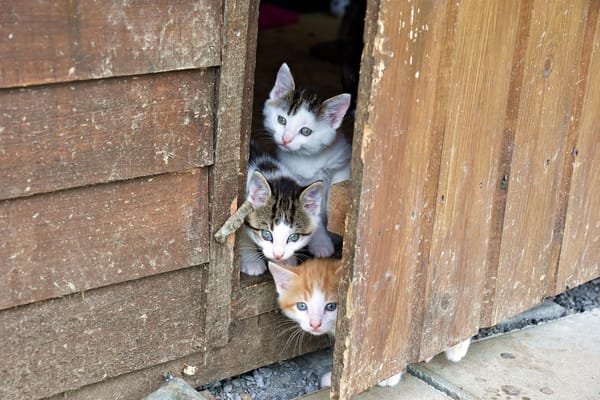
funding
Donor engagement and the retail-ification of equity and justice
Hi everyone, buckle up (though, at this point in the rapid collapse of civilization, I’m not sure any of us can be more buckled than we already are). Whenever I talk about donors, people get weirdly defensive and all up in their feelings, like a mama bear when someone




